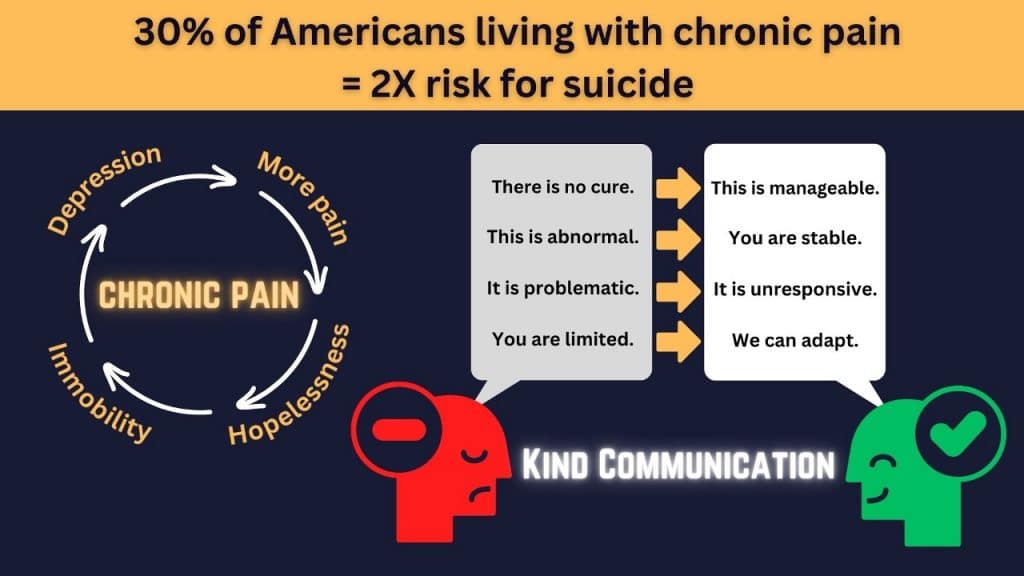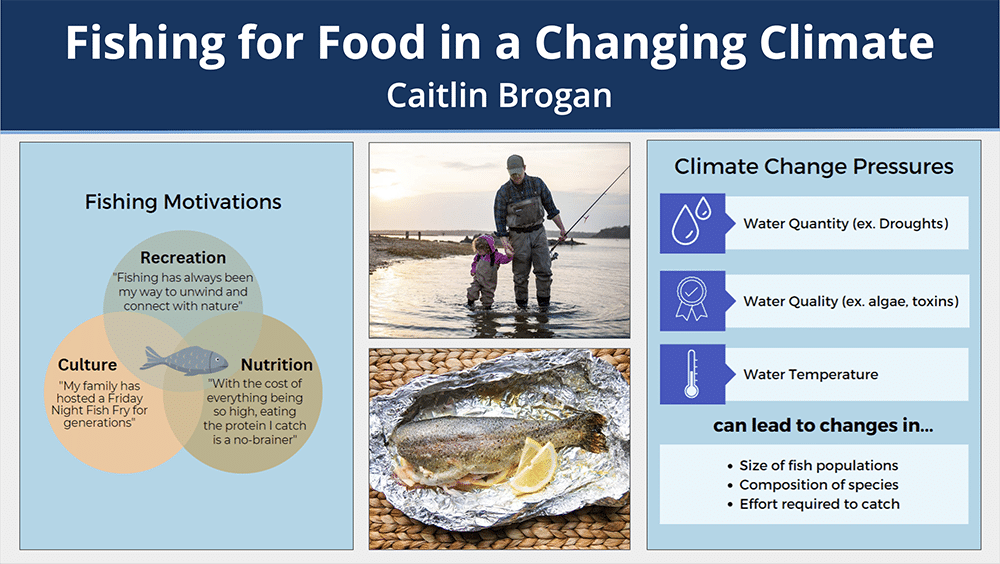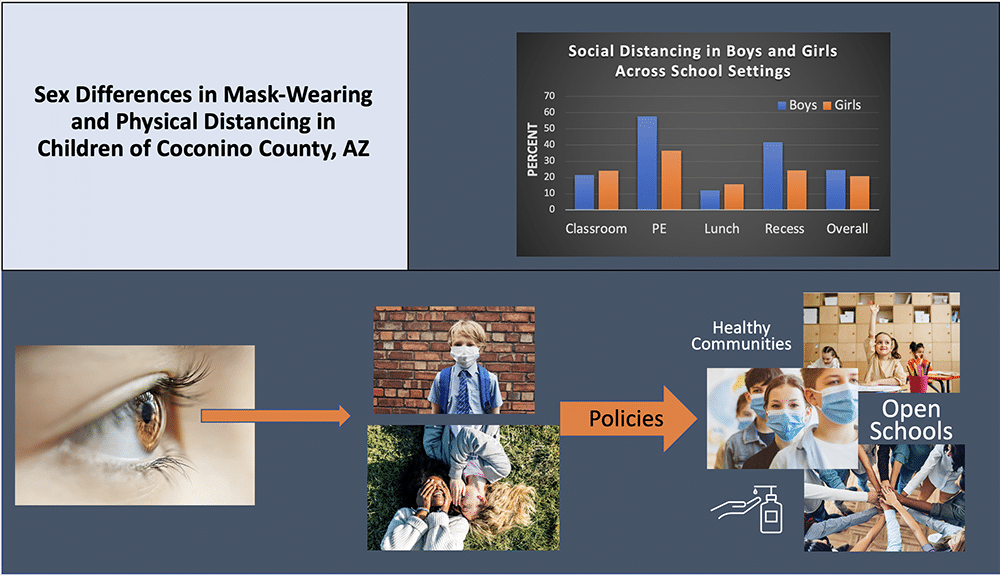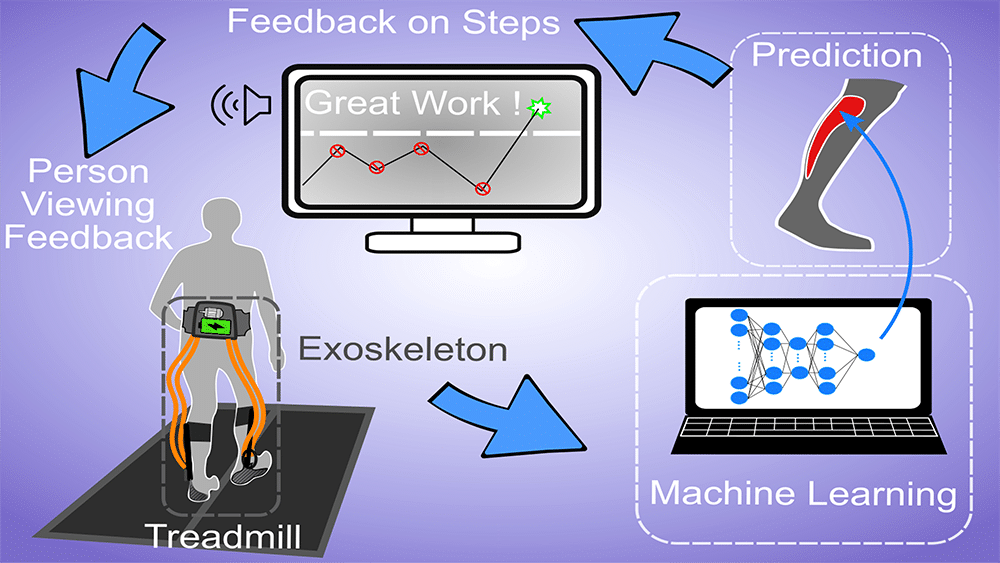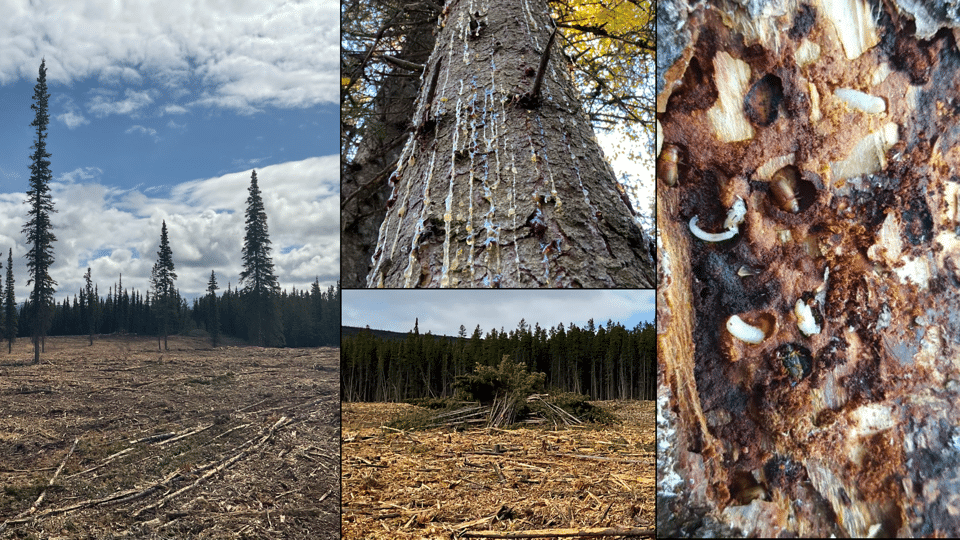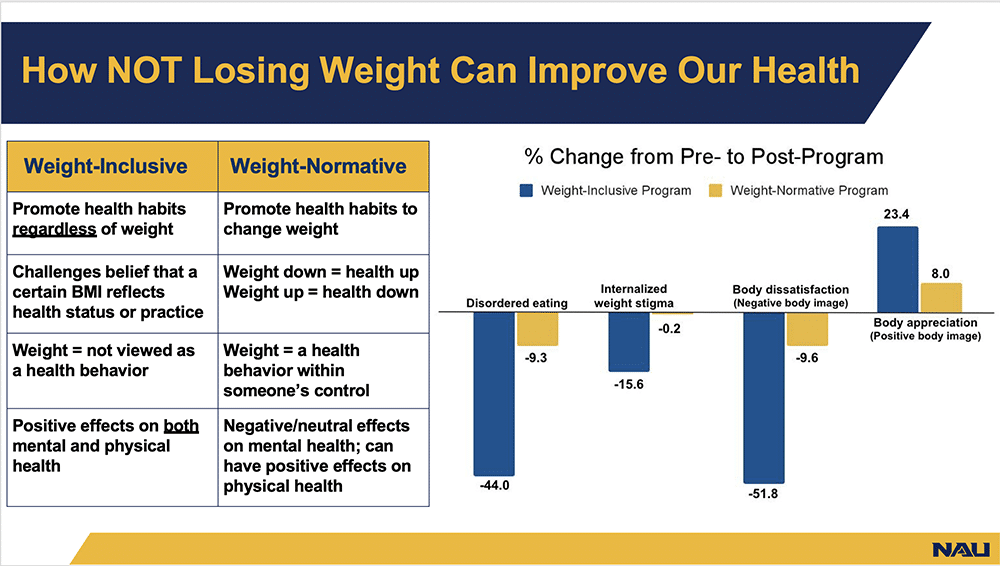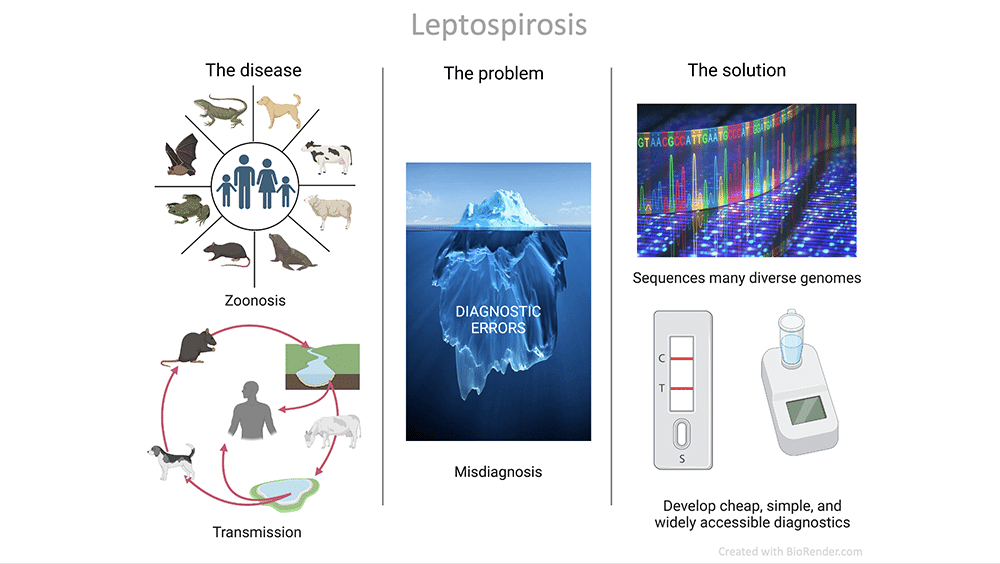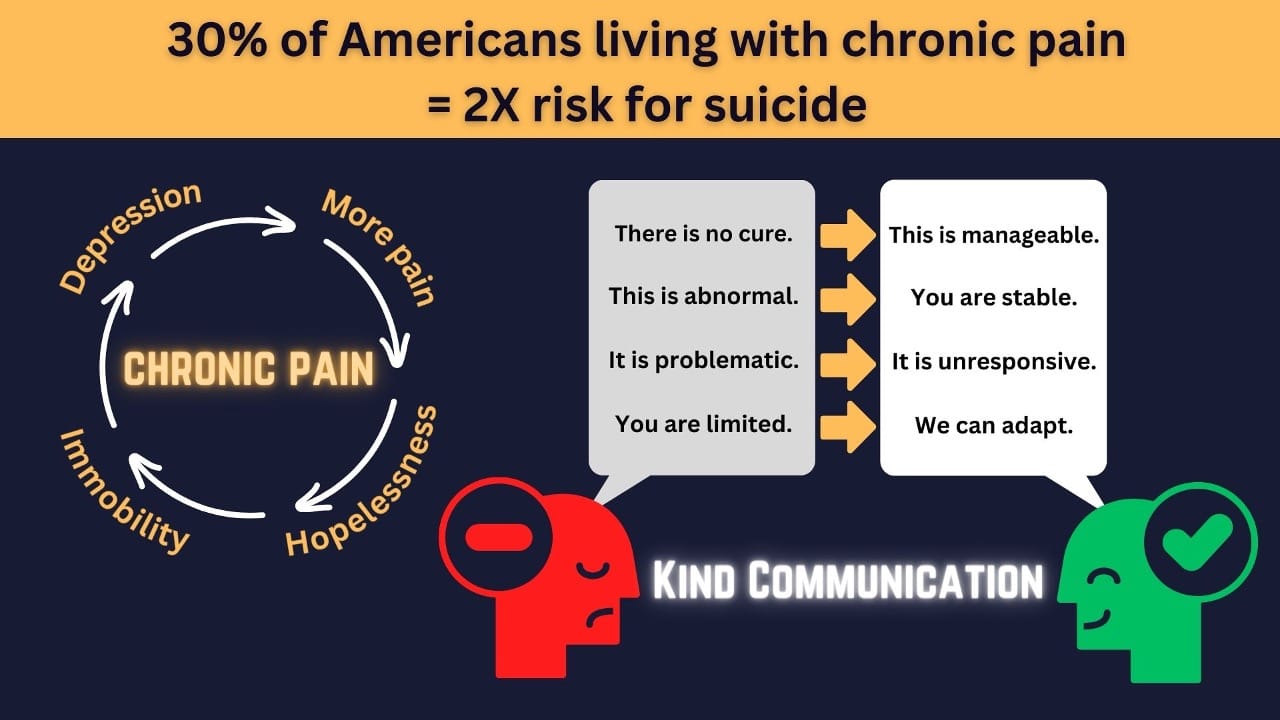Can you explain a book’s worth of research in three minutes?
And even if you could, why would you?
The answer to the second question is easy: None of us are experts in everything, so explaining complicated research in a short amount of time helps to communicate important issues to a non-expert audience. It’s also the motivation behind the 3 Minute Research Presentation, an international program that challenges graduate students to do, well, just that.
Seven grad students participated in NAU’s 3MRP competition on Thursday; they were welcomed by President José Luis Cruz Rivera, who highlighted the need for effective communication in a time when expertise and intellectualism are under attack and joked that he could barely get through the title of his dissertation in three minutes.
“I really do understand the importance of this competition from the standpoint of trying to instill in all of us the discipline and ability and self-reflection to try and convey a lot of information that you’ve spent years gathering and trying to bring it down to a level where you can communicate it quickly and effectively, and it will make a difference in advancing the research that you very much care about,” he said.
The rules are simple: three minutes, one slide, no exceptions. The judges were Dave Auty, interim executive director of the School of Forestry; Jeff Hall, executive director of Lowell Observatory; Yvonne Luna, vice provost and professor of sociology; Kimberly Ott, associate vice president for communications; Sandra Ralph, executive assistant in the Office of the Vice President for Research; and health sciences professor Jay Sutliffe. Graduate College Dean Maribeth Watwood welcomed the crowd, and Alicia Stewart Voytek, the associate vice president of campus operations, MCed the event.
“This is tougher than it sounds,” Watwood said, adding that in its first year almost a decade ago, the most frequent feedback they got was that the timeframe was simply too short. “We have shown that you can do it, and you will hear today that it’s doable. But it does take skill.”
Isabel Ticlo, a student in the Doctor of Physical Therapy program at the Phoenix Bioscience Core, took first place, winning $3,000 and the opportunity to participate in regional competitions. She presented on the importance of rewiring the brain to better cope with chronic pain. Jonas Noomah, a master’s student in biology, won second place, and Karl Harshe, who is getting a Ph.D. in mechanical engineering, won third place and the people’s choice award for most impactful research.
Ticlo, who participated in 3MRP for the second year, said preparing and presenting was a valuable experience for anyone interested in public speaking. She used the resources available from the Graduate School and Cline Library to prepare and spent significant time practicing in front of the mirror, making sure to make eye contact with her reflection and that she stuck to the three-minute deadline.
“I spent a lot of time talking to people about their personal experiences and tried to paint that picture for the audience about what it’s like to live with chronic pain,” she said. “At the competition, I went last because it was in alphabetical order by last name, so I actually got to sick back and relax a bit while listening to all of the amazing topics the other contestants had to share. When it was my turn, I got mic’d up, did some power posing and went for it.”
Caitlin Brogan, master’s in environmental science and policy: “Fishing for Food in a Changing Climate”
Brogan’s research sits at the intersection of two critical issues: rising food prices and climate change. That they’re connected isn’t a surprise; where she studies is a less examined. Brogan looked at communities and households that rely on subsistence fishing to feed themselves. She surveyed more than 600 managers of inland fisheries about the patterns they see around fishing. She found that 80 percent of managers believe these fisheries contribute to food security, and 81 percent believe climate change will impact that in the next 50 years.
“It’s critical that we learn more about how climate change may impact fisheries and the communities that rely on them,” she said.
Josie Carter, master’s in public health-nutrition: “Sex Differences in Mask-Wearing and Physical Distancing in Children of Coconino County, AZ”
Are boys or girls more likely to follow COVID mitigation rules? Carter, a parent herself, talked about the effort in the early days of the pandemic to balance community safety and the need to reopen schools. To do that, schools needed effective policies, and to create those policies, leaders needed to know who was following policy and where. She observed students in four schools during class, lunch, PE and recess. What she found surprised her—at PE and recess, boys were more likely than girls to follow physical distancing rules.
“What PE and recess have in common is that kids have more freedom about where they go, so anytime that kids had a choice, girls gathered together,” she said.
Karl Harshe, Ph.D. in mechanical engineering: “Artificial Intelligence for Good: Using AI to Improve Walking in Patients with Cerebral Palsy”
The human body is complex—so complex that it’s hard to know every single thing that happens to make a single muscle move, even a small amount. That makes building a suit to help people move way more complicated than “Ironman” makes it seem. Harshe built an exoskeleton that goes on the human calf and sends information to a computer, which puts it in an algorithm and gives the user real-time information on how to adjust their movements for more muscular engagement, better gait and faster speed.
“We can teach our exoskeletons about the entire body and how best to train and assist it,” he said. “It helps us to understand our bodies better, and to do that, the person has to be the focus of the research.”
Jonas Noomah, master’s in biology: “Do Fuel Breaks Increase the Risk of Bark Beetle Outbreak in Alaska?”
Spoiler: Noomah is going to find out. Longer answer: As the climate changes, the boreal forest is at increasing risk of severe fires, so forest managers in Alaska have implemented preventive treatments known as fuel outbreaks. However, it’s possible that these breaks provide good environments for bark beetles, a destructive insect that is destroying forests throughout Alaska (and Arizona). His research will search out a connection and provide that information to forest managers; if a connection exists, that will allow managers to seek out measures to prevent destructive fires that don’t contribute to destructive beetles.
“I’m not saying that they should stop building fuel breaks; I’m just saying that someone should identify fuel break characteristics that drive bark beetle population growth,” he said. “That someone is going to be me.”
Nikole Squires, Ph.D. in interdisciplinary health: “How NOT Losing Weight Can Improve Our Health”
Most health promotion programs equate losing weight with increased health. The research, however, doesn’t bear that out. It’s not that losing weight is unhealthy, but pursuing weight loss as a sole goal toward better health often contributes to disordered eating, poor mental and emotional health and a less positive body image. To measure this, Squires put participants through one of two programs: an 8-week health-inclusive program that promoted health habits independent of weight changes and a 12-week weight-normative program focusing on weight loss.
Participants in the first study reported better relationships to eating, better body image and less internalized weight stigma, suggesting the weight-inclusive program may be better for physical and emotional health.
Nathan Stone, Ph.D. in biological sciences: “Leptospirosis”
Leptospirosis is the most widespread zoonotic disease on the planet. The reason for that is simple—a couple of dozen different animals can have the bacteria and spread it to humans. A successful diagnostic test requires finding a genetic commonality among all its hosts, which thus far has not been done. Add to that the challenge that the bacteria that causes it does not grow well in a lab, and you have the challenge that Stone took on—mapping out the full diversity of the bacteria. The first step was figuring out how to “painstakingly optimize technology to seek the full diversity of bacteria without growing it in the lab—it totally works, and it works really well,” he said.
The next step will be isolating a shared genetic trait and developing a simple, accessible and successful diagnostic test.
Isabel Ticlo, Ph.D. in physical therapy, “Rewiring the Brain to Ease Chronic Pain”
Chronic pain is tricky. It’s often hard to diagnose, it’s hard to treat and by definition, it doesn’t go away; it can be managed, hopefully reduced, but typically is a long-term health condition that adversely affects patients’ mental and emotional health as well. It can make activities like going to work, going out with friends—even getting out of bed—challenging. Ticlo’s research examined the correlation between patient perspective and outcome to help pull them out of the vicious cycle of pain and depression. She saw significant improvements in patients, highlighting the need for health care programs to have a curriculum about communicating with patients, which she hopes will contribute to severing the connection between chronic pain and depression.
“What if we’re able to rewire the brain to help patients view their pain in a new light?” she said. “I want to talk about talking about pain.”
The Graduate Student Government also had its annual poster presentation; the winners were:
- 1st: Natasha Wesely, “Incorporating Biological Controls in Soil CO2 flux Models in Arid Ecosystems”
- 2nd: Nikole Squires, “Effects of a University Health Coaching Program on Body Appreciation and Eating Competence”
- 3rd: Shelby Sundquist, “Dynamic Modeling of Forest Processes to Predict Change and Management Impacts in Alaska’s Boreal Forest”
Heidi Toth | NAU Communications
(928) 523-8737
